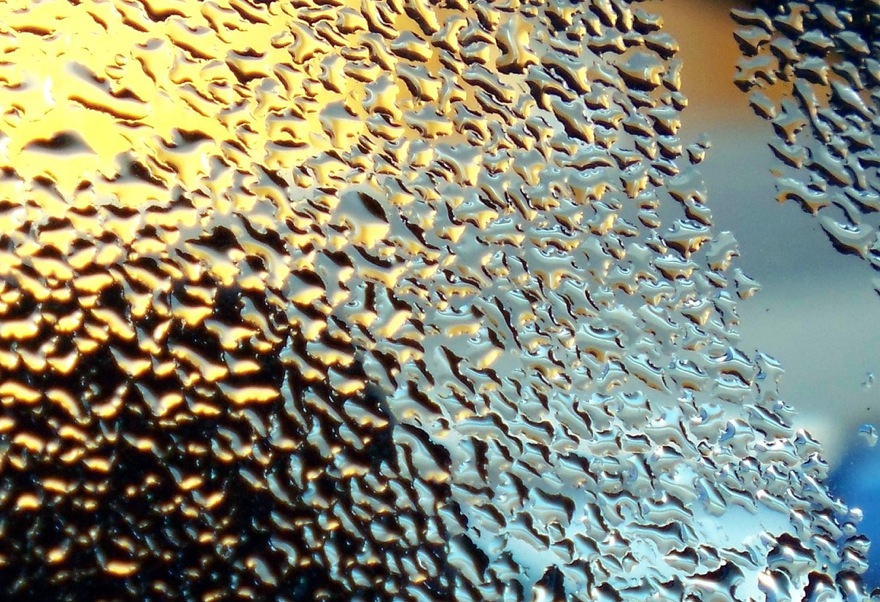On Ventilating Eichlers: How to Fight Mold in the Cold
 |
|
|
The recent rain in Northern California finally made it feel a bit more like winter. And while that's a good thing, it also put me in mind of a particular wintertime problem: Mold. Sadly, Eichlers are somewhat prone to this problem, thanks to single-pane windows and subpar ventilation. Cracks or leaks in the roof can exacerbate the problem, which all comes down to moisture in the air and in the surfaces of the home.
Lynn Drake, an Eichler owner and property manager I spoke to some months ago, told me she had conquered a pesky mold infestation in her house by upgrading her ventilation system. "The big, key thing is to really keep the humidity down in your house. You don't want to exceed a certain level because that's how moisture forms and that's how mold forms," she told me back in September.
So this week, now that things have gotten a bit wet, I wanted to hear a ventilation expert's take on how to effectively keep that humidity down. Fortunately, a few such experts are members of the Eichler Network, so I called one up and asked him. Harry Abbott, of Comfort Energy, said the three ways moisture manifests in the house are through condensation on those thin windows, cracks in the ceiling and walls, and, most of all, poorly ventilated bathrooms.
Mold can lead to allergic reactions, according to the EPA, including flu and cold-like symptoms. It can be identified by sight, but sometimes a cycle of illness can indicate its presence even if you don't see it. "The key to identifying it is that it's recurring, where the resident gets healthier, then falls ill again, then gets better again, and so on," Abbott explained.
In order to eradicate it, Comfort Energy or some other good mold-removal specialist will apply a product called sporcide to the affected area, then fog the house with ozone to disinfect all the surfaces. But once it's gone, the only way to keep it at bay is to make sure the ventilation is up to snuff.
While Drake said she had solved her mold issue by installing a whole-house ventilation system, Abbott said that was usually not necessary if the bathroom could be ventilated properly.
"What we recommend is something called an ERV. That stands for Energy Recovery Ventilation," Abbott said. "One of the benefits is that as it exhausts stale air from inside the residence, it pulls in fresh air from outside. And it goes through a heat exchanger. The heat that's in the exhausted air will transfer to that cold air, to warm it, so you don't lose that energy that you've already paid for to heat your residence." The same principle works in reverse during the summer.
Some houses can require more than just a bathroom fan, and while ducted systems can often represent problems for Eichlers, Abbott says, depending on the house, there are a couple of options: "We've done several where all the duct work is low-profile and triangular and up on the roof, so you can't even see it from below. We also have units that mount on side-walls and can condition one or two bedrooms at a time. So if we have an area where there is a severe moisture problem, we'll use one of those. But the first place you want to focus on is the bathroom. Nine times out of ten, that will solve the problem."
In addition to good ventilation, it's important to make sure roofs and walls are sealed tight, to keep out any exterior moisture. And double-paned windows on those big sliding doors will cut down on interior precipitation. In a cruel twist of fate, California's mild climate provides "perfect weather for growing mold," Abbott said. "So really you just have to add moisture for it to go forth and propagate." Proper ventilation can help make sure that doesn't happen.
- ‹ previous
- 447 of 677
- next ›




